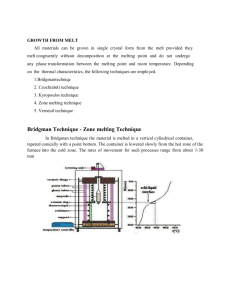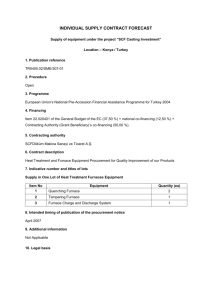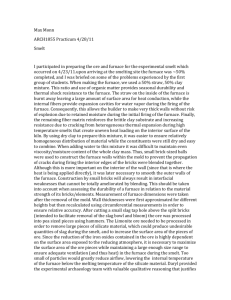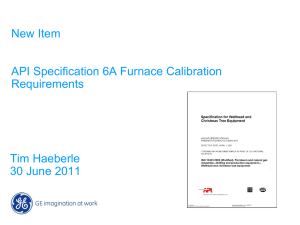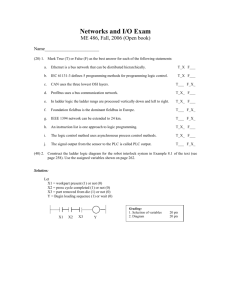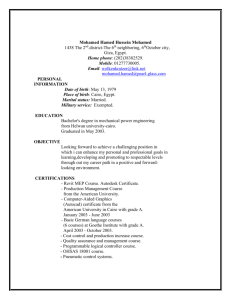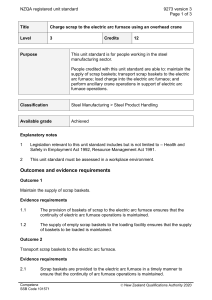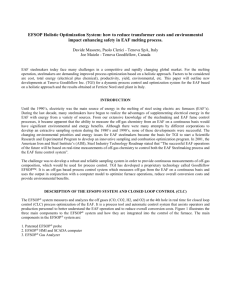Supplementary material Identification and characterization of the
advertisement
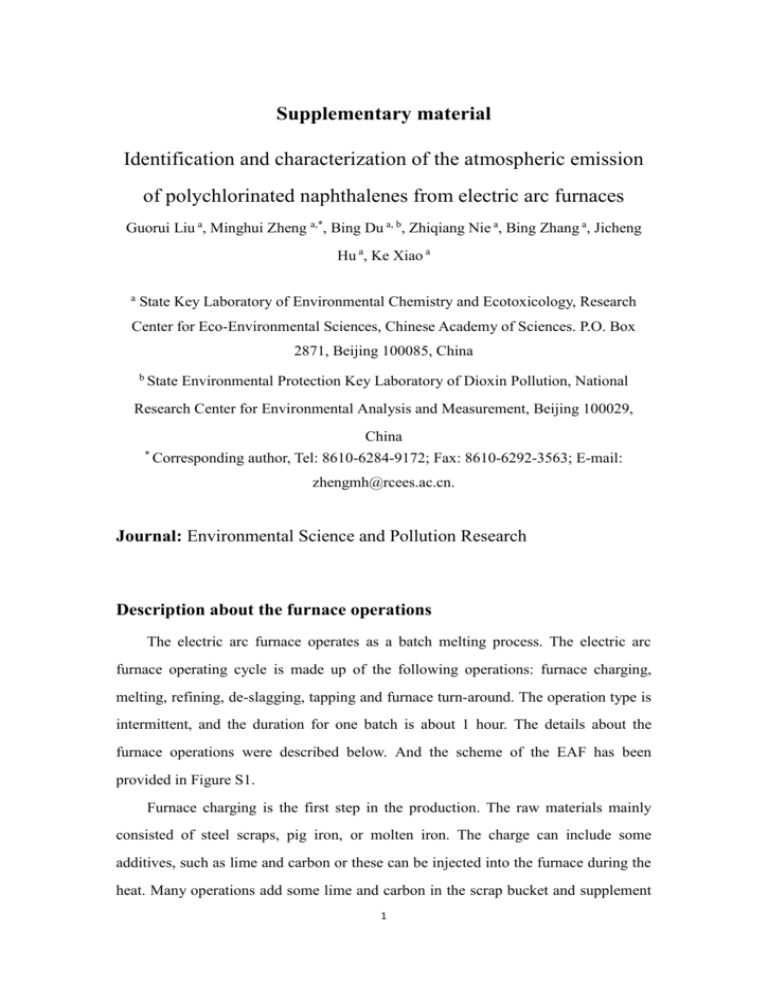
Supplementary material Identification and characterization of the atmospheric emission of polychlorinated naphthalenes from electric arc furnaces Guorui Liu a, Minghui Zheng a,*, Bing Du a, b, Zhiqiang Nie a, Bing Zhang a, Jicheng Hu a, Ke Xiao a a State Key Laboratory of Environmental Chemistry and Ecotoxicology, Research Center for Eco-Environmental Sciences, Chinese Academy of Sciences. P.O. Box 2871, Beijing 100085, China b State Environmental Protection Key Laboratory of Dioxin Pollution, National Research Center for Environmental Analysis and Measurement, Beijing 100029, China * Corresponding author, Tel: 8610-6284-9172; Fax: 8610-6292-3563; E-mail: zhengmh@rcees.ac.cn. Journal: Environmental Science and Pollution Research Description about the furnace operations The electric arc furnace operates as a batch melting process. The electric arc furnace operating cycle is made up of the following operations: furnace charging, melting, refining, de-slagging, tapping and furnace turn-around. The operation type is intermittent, and the duration for one batch is about 1 hour. The details about the furnace operations were described below. And the scheme of the EAF has been provided in Figure S1. Furnace charging is the first step in the production. The raw materials mainly consisted of steel scraps, pig iron, or molten iron. The charge can include some additives, such as lime and carbon or these can be injected into the furnace during the heat. Many operations add some lime and carbon in the scrap bucket and supplement 1 this with injection. The melting period is the heart of EAF operations. Melting is accomplished by supplying energy to the furnace interior. Electrical energy is supplied via the electrodes. Refining operations in the electric arc furnace have traditionally involved the removal of phosphorus, sulfur, aluminum, carbon, etc from the steel. Traditionally, refining operations were carried out following meltdown. The refining reactions are dependent on the availability of oxygen. Oxygen was lanced at the end of meltdown to lower the bath carbon content to the desired level for tapping. Most of the compounds which are to be removed during refining have a higher affinity for oxygen than the carbon. Thus the oxygen will preferentially react with these elements to form oxides which float out of the steel and into the slag. During melting and refining operations, some of the undesirable materials within the bath are oxidized and enter the slag phase. De-slagging operations are carried out to remove impurities from the furnace. Once the desired steel composition and temperature are achieved in the furnace, the tap-hole is opened, the furnace is tilted, and the steel pours into a ladle for transfer to the next batch operation. Furnace turn-around is the period following completion of tapping until the furnace is recharged for the next heat. 2 Figure S1. A scheme of an electric arc furnace for steel making. 3 PCN congeners and their toxic equivalency factors (TEF) In this study, the toxic equivalency factors (TEF) of PCNs summarized by Noma et al. (2004) was adopted for the calculation of PCN TEQ, and the reference has been cited in the revised manuscript. The congeners and reported TEFs were listed in the following Table S1. Table S1. PCN congeners and their toxic equivalency factors (TEF) (Noma et al. 2004) PCN congener RPF PCN congener RPF CN-1 1.7×10-5 CN-56 4.6×10-5 -5 CN-2 1.8×10 CN-57 1.6×10-6 CN-4 2.0×10-8 CN-63 2.0×10-3 -8 CN-5/7 1.8×10 CN-64/68 1.0×10-3 CN-10 2.7×10-5 CN-66/67 2.5×10-3 -6 CN-38/40 8.0×10 CN-69 2.0×10-3 CN-48/35 2.1×10-5 CN-70 1.1×10-3 -5 CN-50 6.8×10 CN-71/72 3.5×10-6 CN-54 1.7×10-4 CN-73 3.0×10-3 Reference Noma, Y.; Yamamoto, T.; Sakai, S. I. Congener-specific composition of polychlorinated naphthalenes, coplanar PCBs, dibenzo-p-dioxins, and dibenzofurans in the halowax series. Environ Sci Technol 2004, 38, 1675-1680. 4


